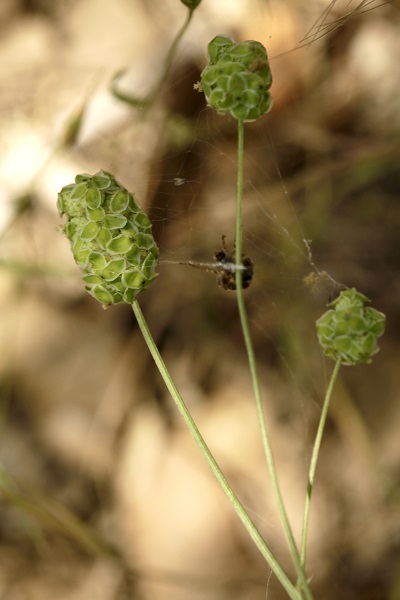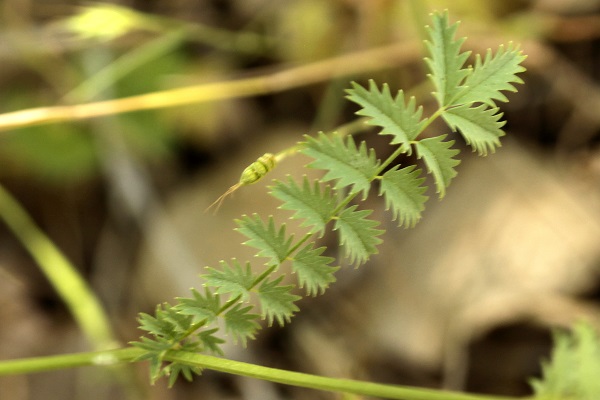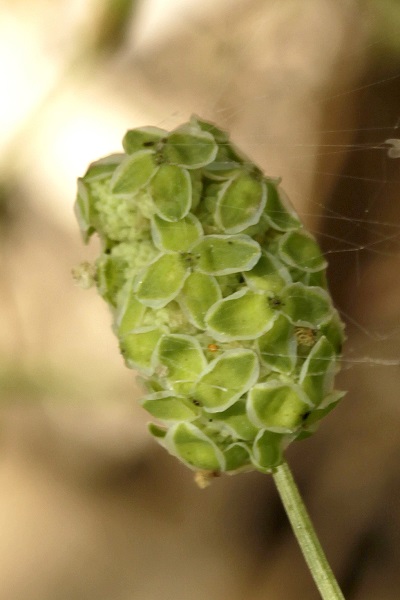Small burnet, Salad burnet, Garden burnet,
Hebrew: בן-סירה מיובל, Arabic: مرقئة صغيرة
| Scientific name: | Sanguisorba minor Scop. | |
| Synonym name: | Poterium sanguisorba L. | |
| Common name: | Small burnet, Salad burnet, Garden burnet, Lesser burnet | |
| Hebrew name: | בן-סירה מיובל | |
| Arabic name: | مرقئة صغيرة | |
| Nederlandse naam: | Kleine pimpernel | |
| Family: | Rosaceae, Rose Family, ורדיים |

|
| Life form: | Perennial herbs | |
| Stems: | Up to 20–70 cm, glabrous or hairy, basal leaf rosette; flowering stems erect | |
| Leaves: | Alternate pinnately compound leaves; leaflets oval to oblong, coarsely toothed | |
| Inflorescence: | Headlike to elongate spikes | |
| Flowers: | Capitula 1-3cm, globose to ovoid; hypanthium (floral cup) 3-8mm, usually angled, ridged or winged and with faces reticulate, sculptured or irregularly ridged, flowers white to red in colour | |
| Fruits / pods: | Achene, oblong | |
| Flowering Period: | April, May, June | |
| Habitat: | Batha, Phrygana | |
| Distribution: | Semi-steppe shrublands, Mediterranean Woodlands and Shrublands, Mt. Hermon | |
| Chorotype: | Mediterranean | |
| Summer shedding: | Ephemeral |

Derivation of the botanical name: Sanguisorba, Latin, sanguis, blood; sorbeo, to soak up. minor, smaller, inferior, lesser. Poterium, Latin "cup," Greek poterion goblet, beaker or drinking cup.

|